| You will love its landscapes and fall under the spell of its protagonists. It is the kind of novel that sticks to your skin. It never leaves you during the holidays. For a weekend or a week, you will be marked in the depths of your being and will ask for more. It is a healthy escape, an experience like no other. Plural sensations for a unique destination. |
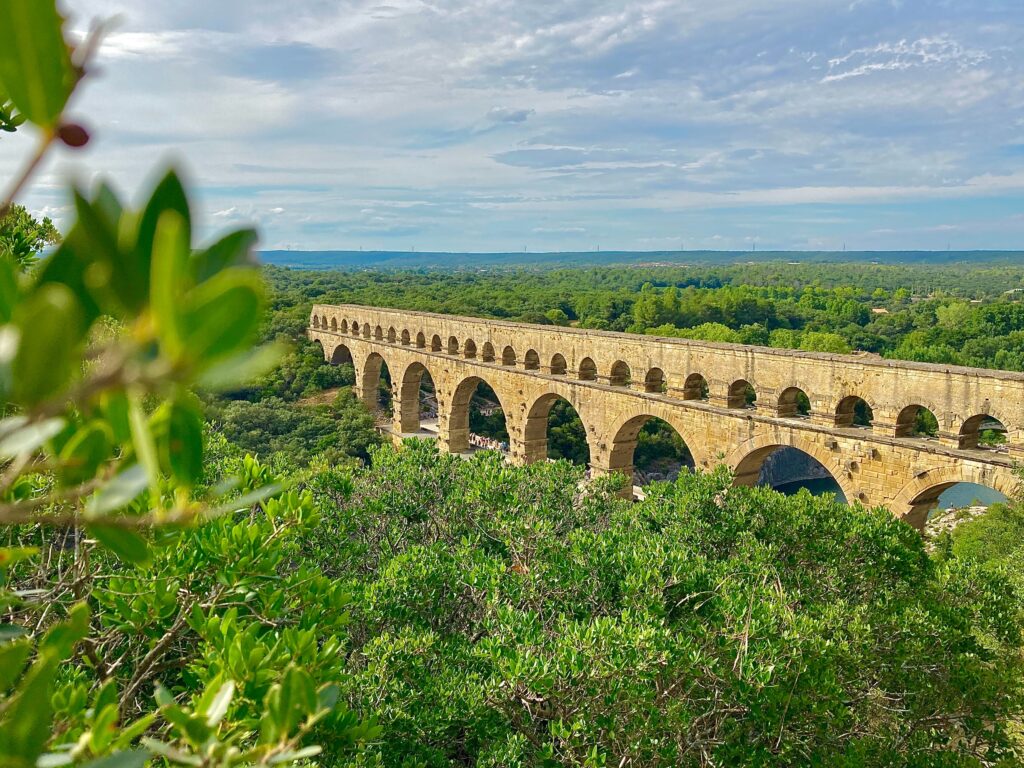
Our must-haves in Nîmes?
NIMES ARENAS
| The Roman amphitheatre in Nîmes has proudly stood the test of 2,000 years and looks great for its age. The arena is still used for celebrations and concerts, and every May is a solemn scene for six days of bullfighting during the Feria de Nîmes. There is so much for you to sink your teeth into, because even the configuration of the stairwells and galleries is impressive, and would have allowed 24,000 spectators to get in and out in a few minutes without risking crushes. From the outside, near the entrance, you can make out the sculpted heads of bulls just above the upper tier of arches. |
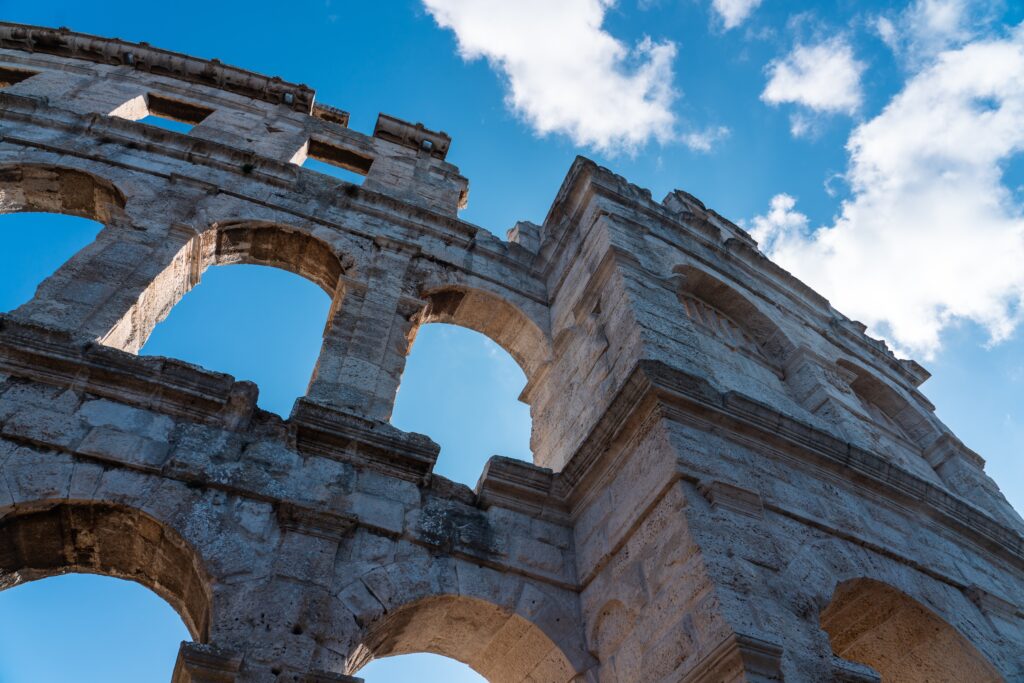
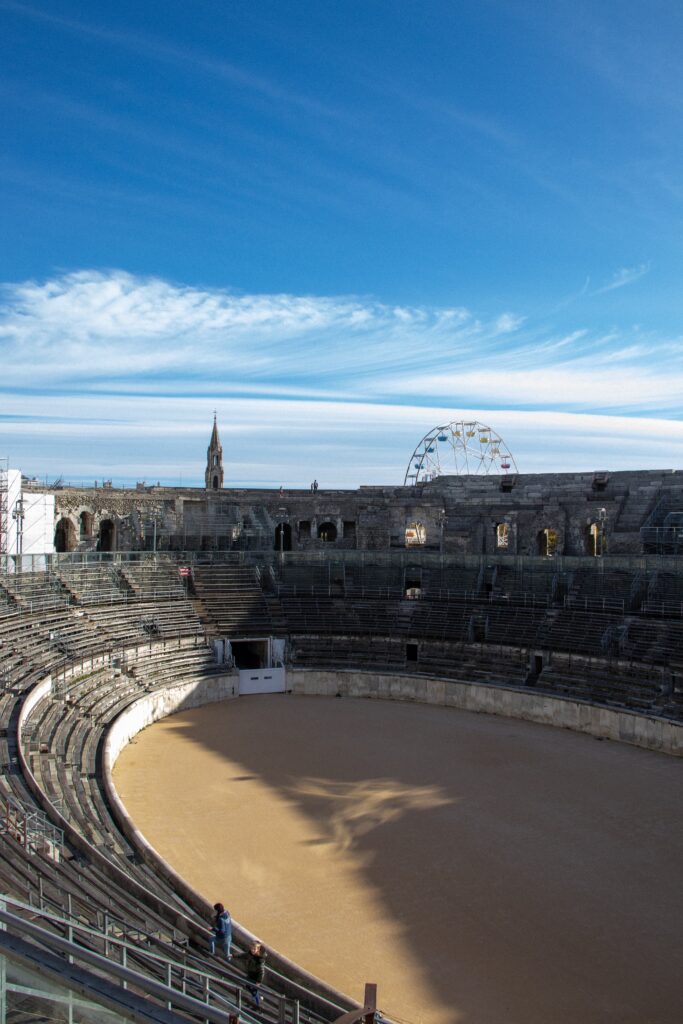
MAISON CARREE, NIMES
| An exemplary piece of Vitruvian architecture, Maison Carrée (Square House) is almost unparalleled in the former Roman world for its completeness. It has been here for more than 2,000 years and the only signs of age are a bit of weathering on the columns in the marvellous portico. The temple was dedicated to Gaius and Lucius Caesar, two grandsons of Emperor Augustus who died in their youth. In the next 20 centuries it became a house, granary, church and was also the mooted tomb for the 16th-century Duke of Uzès , Antoine de Crussol. All these functions helped to keep temple in one piece for so long. To enter you have to pass through the majestic doorway almost seven metres in height and there is a small, unadorned chamber showing a film about ancient Nemausus. |
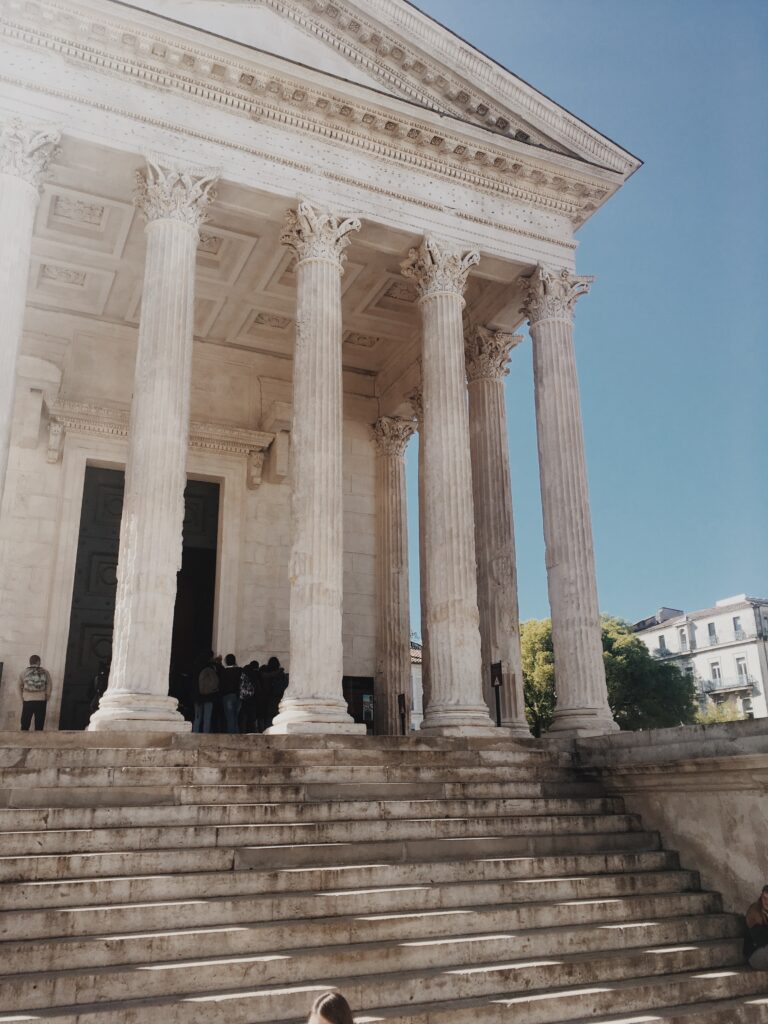
THE FOUNTAIN GARDENS AND THE MAGNE TOWER
| Parks don’t get much grander than these 18th century gardens around the water source where ancient Nîmes was founded. There are regal balustrades, broad stairways, statues and marble vases, but also exciting Roman monuments, which we will visit later. When the Jardins de la Fontaine opened in 1745 it was one of Europe’s first public parks, and came about after attempts to channel the natural spring led to the discovery of a temple to Augustus and theatre. |
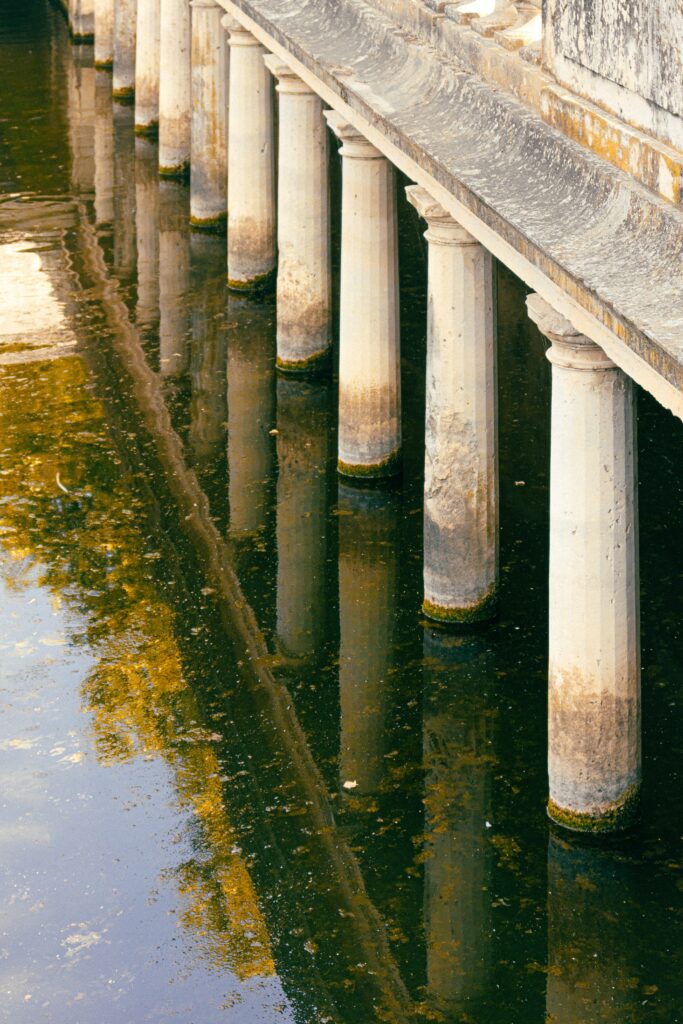
DIANE TEMPLE
| Almost hidden behind a copse of pines on the west side of the Jardins de la Fontaine are ruins of a chamber with a long barrel vault that caved in centuries ago. To the sides are passageways with centuries-worth of graffiti etched into the walls, and there are fragments of expertly-carved stonework in the main room. The site is called the “Temple of Diana” although the exact purpose of the building is unknown – it was possibly a library instead. Just by the entrance there is a plaque telling you the story of the site since medieval times, and how it was damaged by fire in the early modern age. |
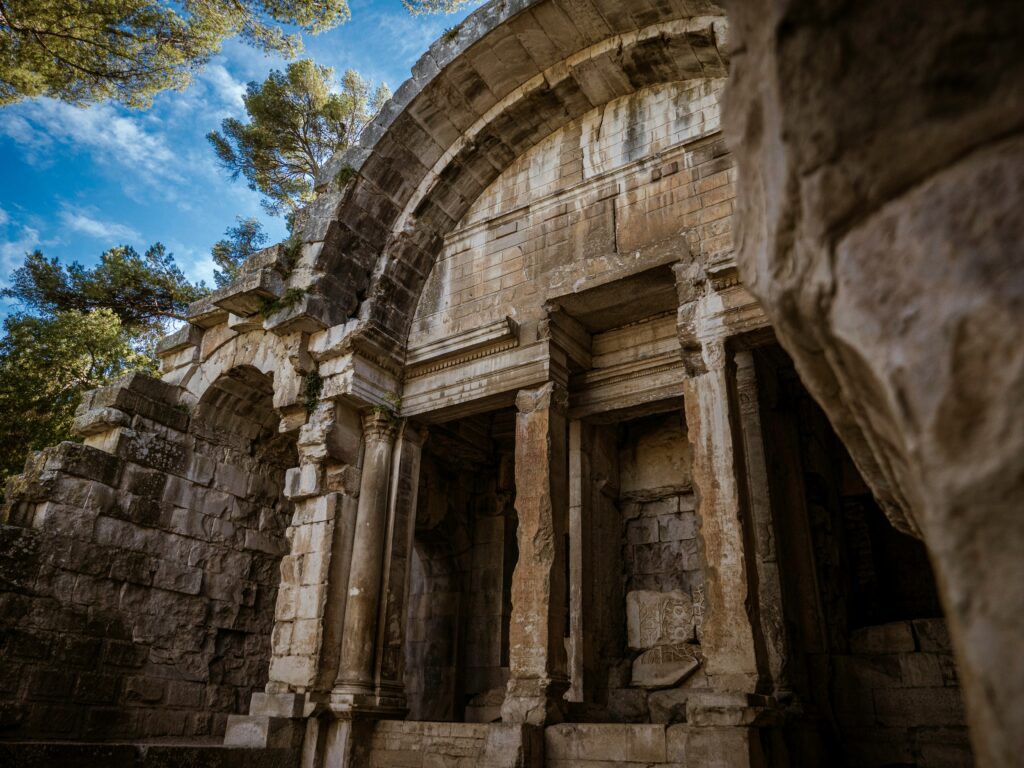
ROMAN GATES
| The Via Domitia Roman road passed right through Porte Auguste on its way down to Cadiz in Spain, so linking the southern tip of Iberia with Rome. There are two arches in the middle, which would have been for road traffic like carts, and flanking these are two smaller openings for people on foot. If you look down you can see the marked locations of the two towers that would have defended the gateway two millennia ago. The less conspicuous Porte de France is to the south of Nîmes, with a single arch above a road and capped with a blind gallery (pillars and lintels without an opening). |
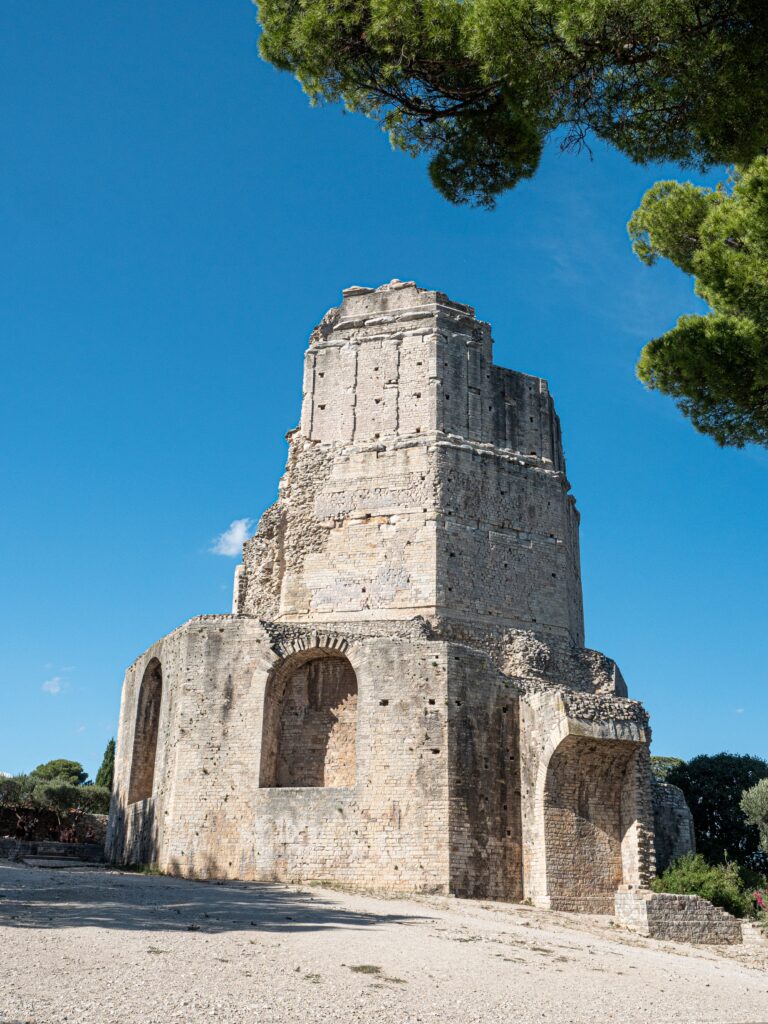
THE HALLES OF NIMES
| You can tell a lot about a French city at the stalls of its covered market. You will be wowed by the sumptuous displays of regional produce, and in Nîmes that’s picholine olives and fish such as bream or oysters, caught overnight and sold from the fishmongers’ counters a few hours later. But since so much of the city does its shopping at Les Halles, you can see local people going about their lives in a way you can’t at more touristy sites. Bring an appetite too because at lunch there is a selection of food bars with local dishes like brandade, cassoulet and even paella. |
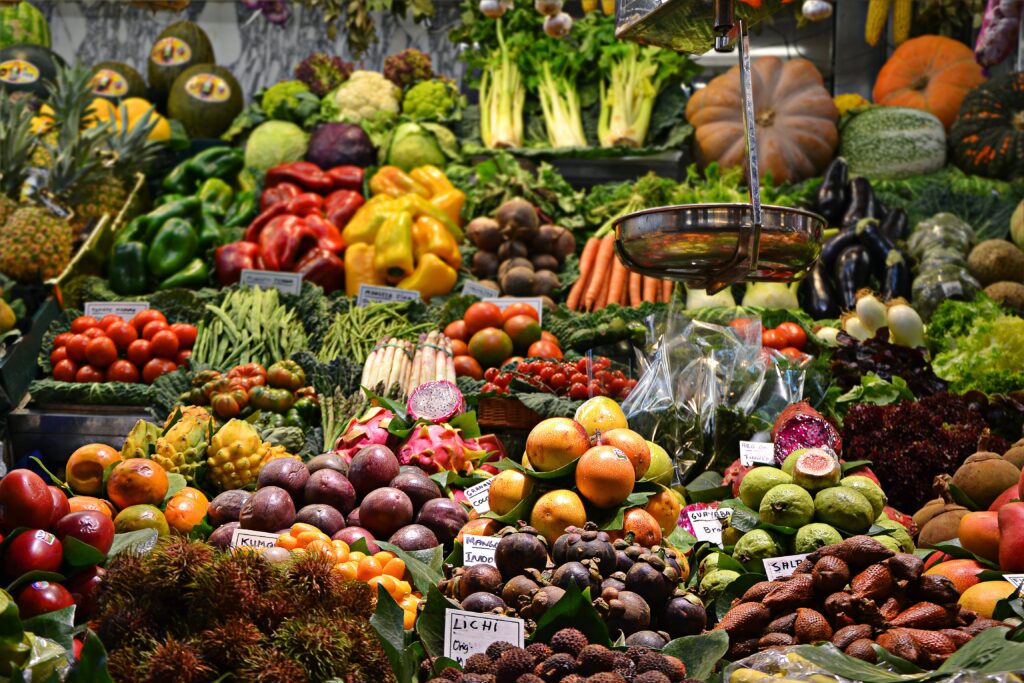
And in Uzès?
DUCHE, UZES
| This fortified castle belonged to the House of Cressol, who were the dukes of Uzs for over 1000 years until the French Revolution. The building is a Renaissance wonder, with a majestic 16th-century facade showing the three orders of classical architecture (Ionic, Doric and Corinthian). Inside, guided tours (in French) take in the lavish ducal apartments and 800-year-old cellars; you can climb the 135-step Bermonde tower for wraparound town views. |

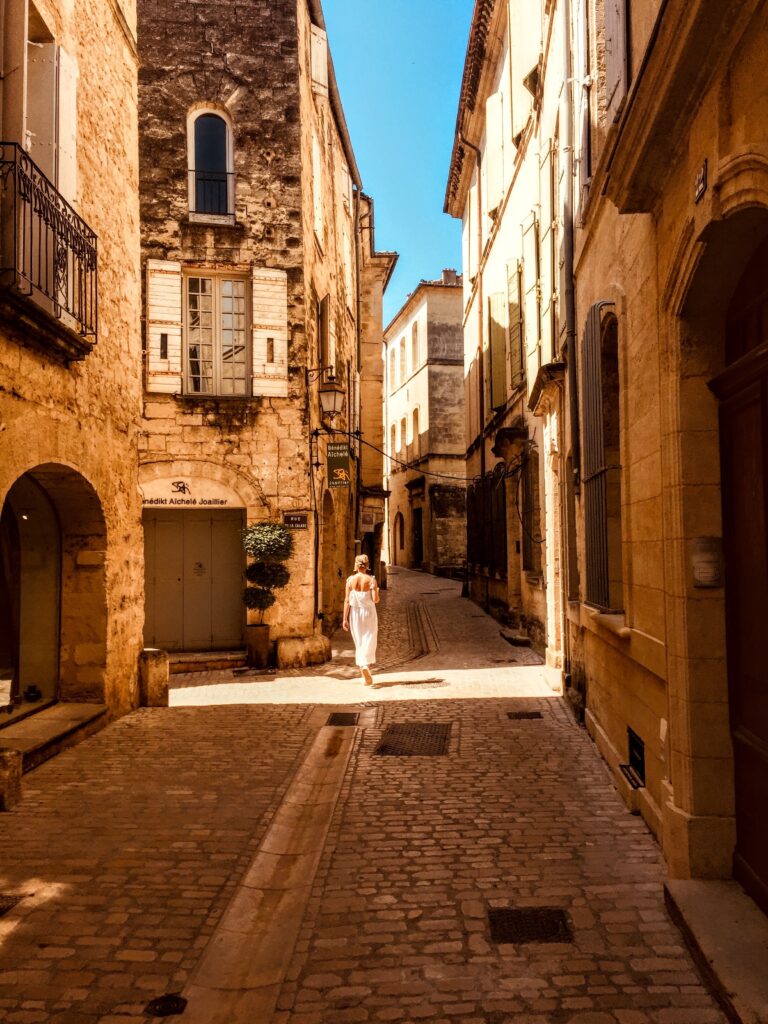
MEDIEVAL GARDEN
| This delightful garden contains a wealth of plants and flowers that served a variety of purposes for their medieval planters: medicinal, nutritional and symbolic. Climbing 100 steps inside the Tour du Roi (King’s Tower) rewards with panoramic views over Uzs’ rooftops. |
HARIBO CANDY MUSEUM
| Uzes history as a centre for confectionery continues at this Wonka-esque museum, which explores the sweet-making process from the early 20th century through to the present day. There is a collection of antique advertising posters and vintage confectionery machinery, but inevitably its the rainbow-coloured sweet shop that takes centre stage. It’s 4km southeast of town. |


And finally at Pont-du-Gard
PONT DU GARD
| The magnificent construction that traverses the Gardon River is 20 kilometres from Nîmes, but is part of the ancient city’s infrastructure. The aqueduct brought water all the way from the Fontaine d’Eure, bypassing the high plateau directly north of Nîmes with a 50-kilometre crescent. Pont du Gard is the most astonishing section, standing at almost 50 metres, with three tiers of arches. |
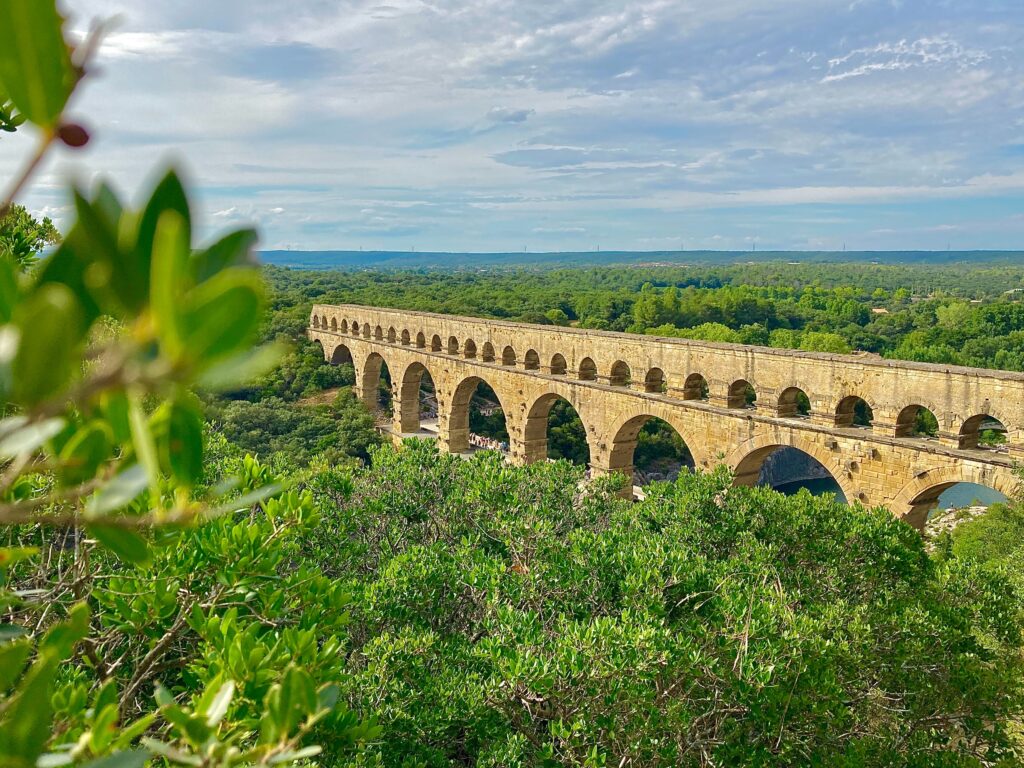
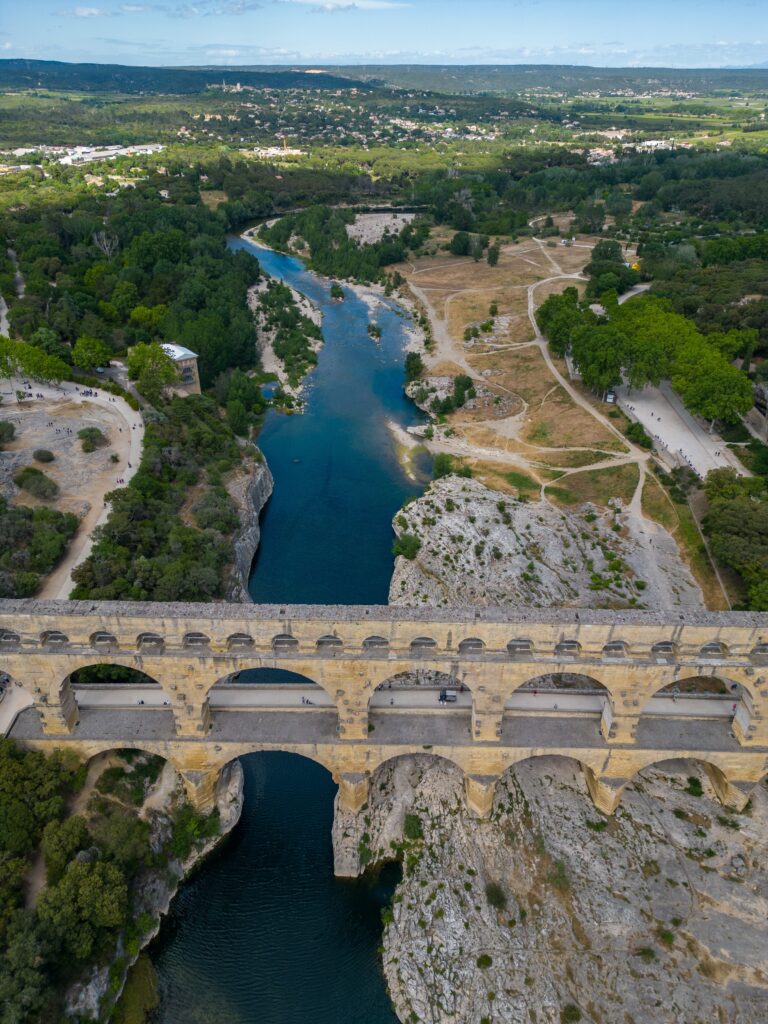
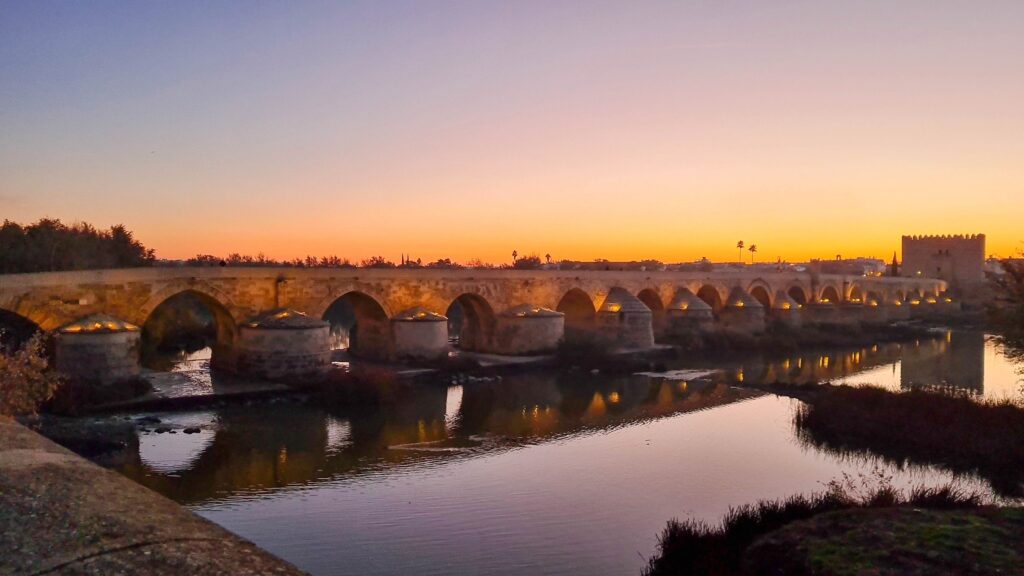
4. Year-round markets
| Markets in Pays d’Uzès Pont du Gard are more than just a rendezvous. There, the market is raised to the rank of an institution! Coming to our Destination Pays d’Uzès Pont du Gard is the guarantee to meet many local markets and especially, one of the most beautiful markets of France : Uzès. That one is the local celebrity. The Uzès market is the largest of Occitanie region and one of the most famous of the Grande Provence area. On Wednesday morning, local producers gather their products on the well-named Place aux Herbes( Herb Square). On Saturdays, the market and its offer extend to the surrounding streets. But Uzès is not the notable one. Friday markets in Remoulins or Saint-Quentin-la-Poterie also have their arguments to seduce you. To give you an idea, you could scroll down to see all the places where you could take fresh fruits, vegetables and typical products!
Note : Tuesdays : Domazan, Montfrin, Saint-Hilaire-d’Ozilhan. Wednesdays : Uzès (local farmers market), Aramon, Collias, Meynes, Garrigues-Sainte-Eulalie. Thursdays : Comps, Estézargues. Fridays : Remoulins, Saint-Quentin-la-Poterie. Saturdays :Uzès, Vers-Pont-du-Gard. Sundays : Montaren (local farmers market). |
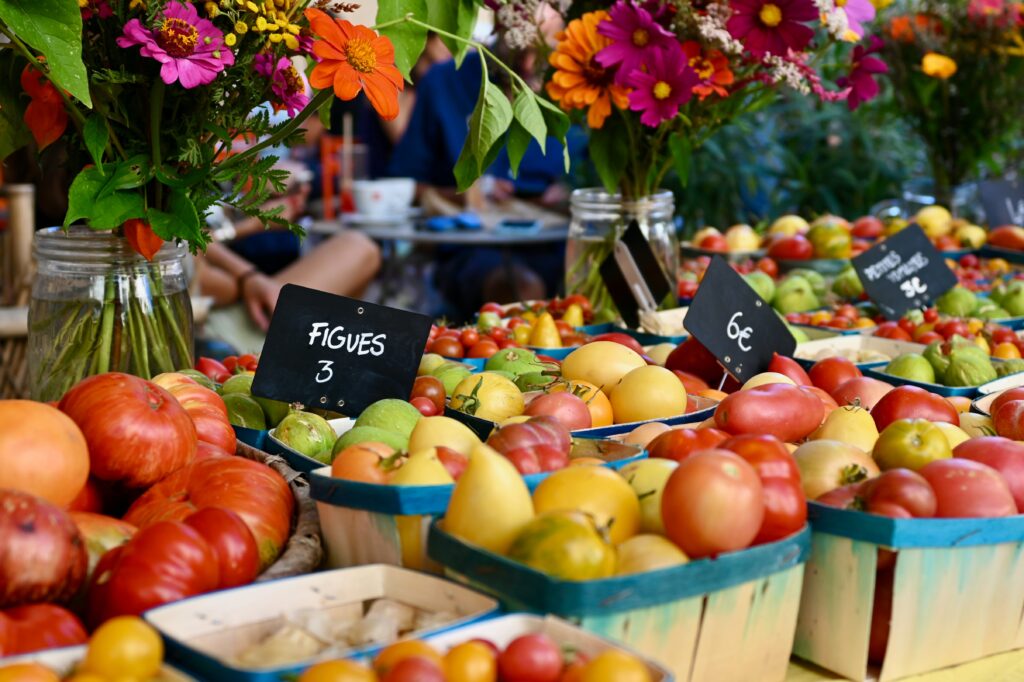
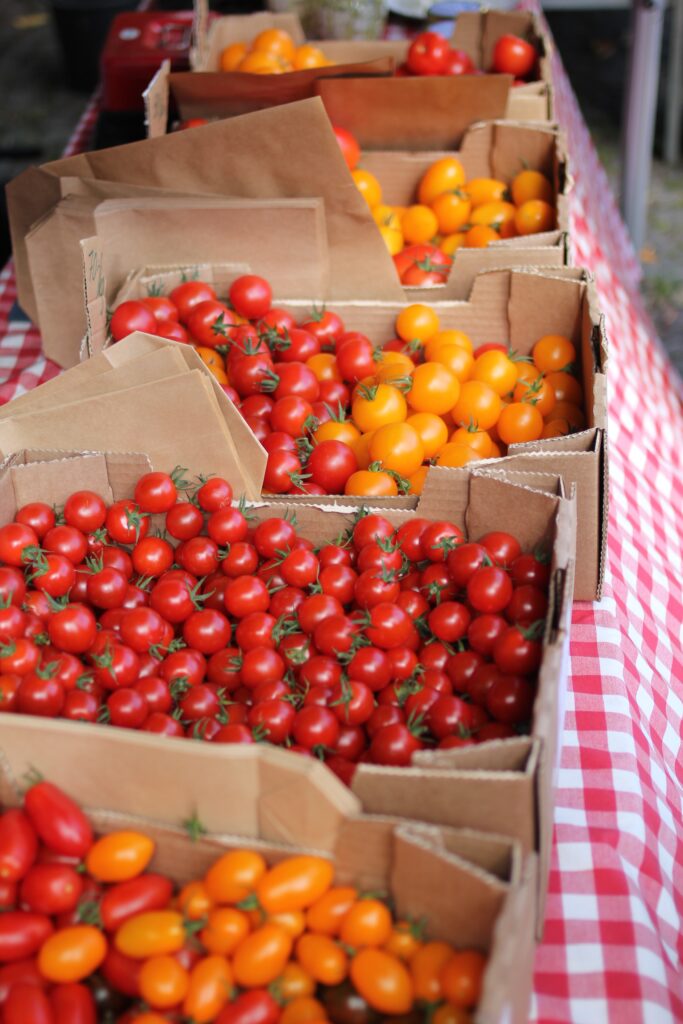
| Trip My France works with some excellent guides in this region who like to share their knowledge of the area and their secret spots. To request a quote, please visit the Trip My France website. |











